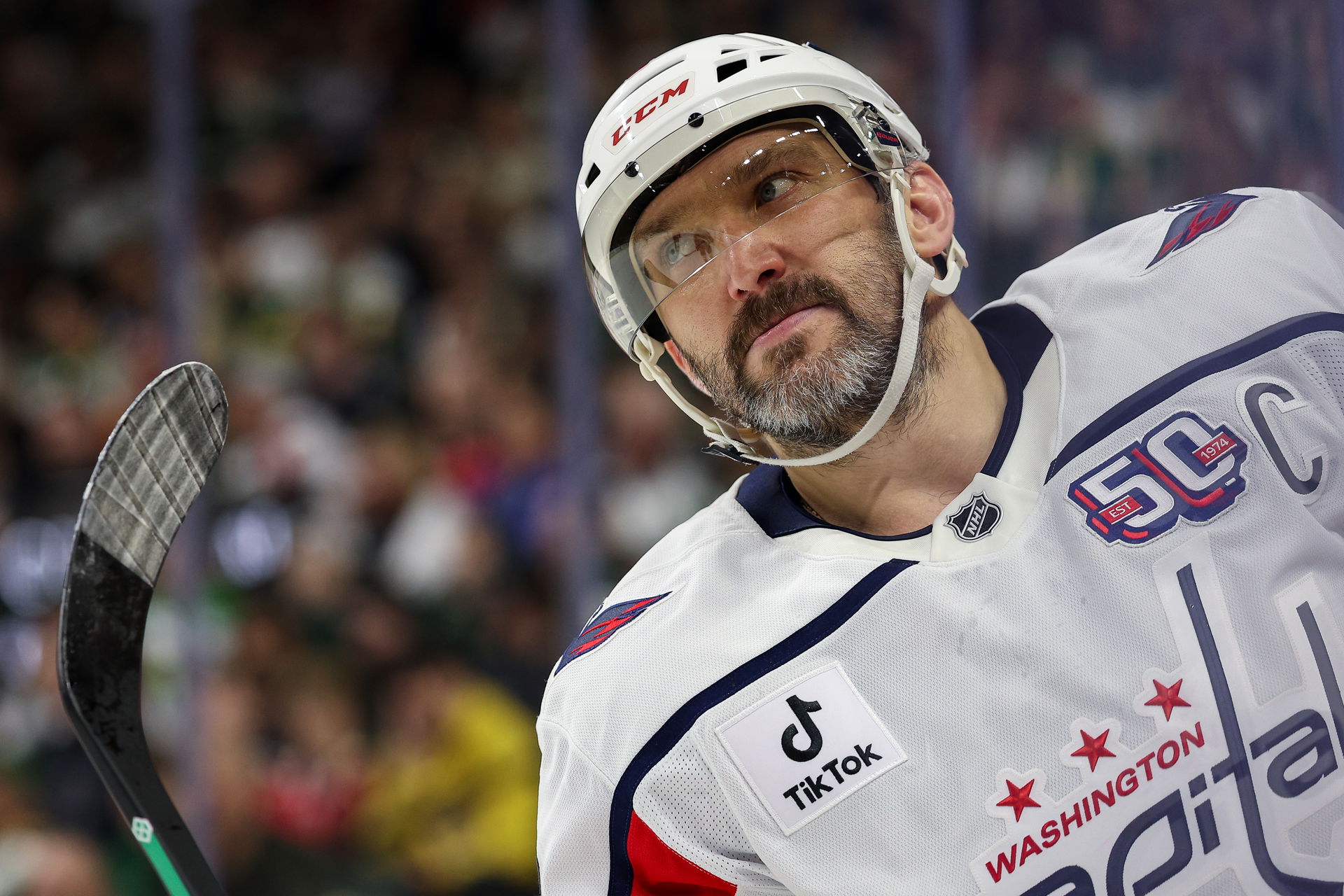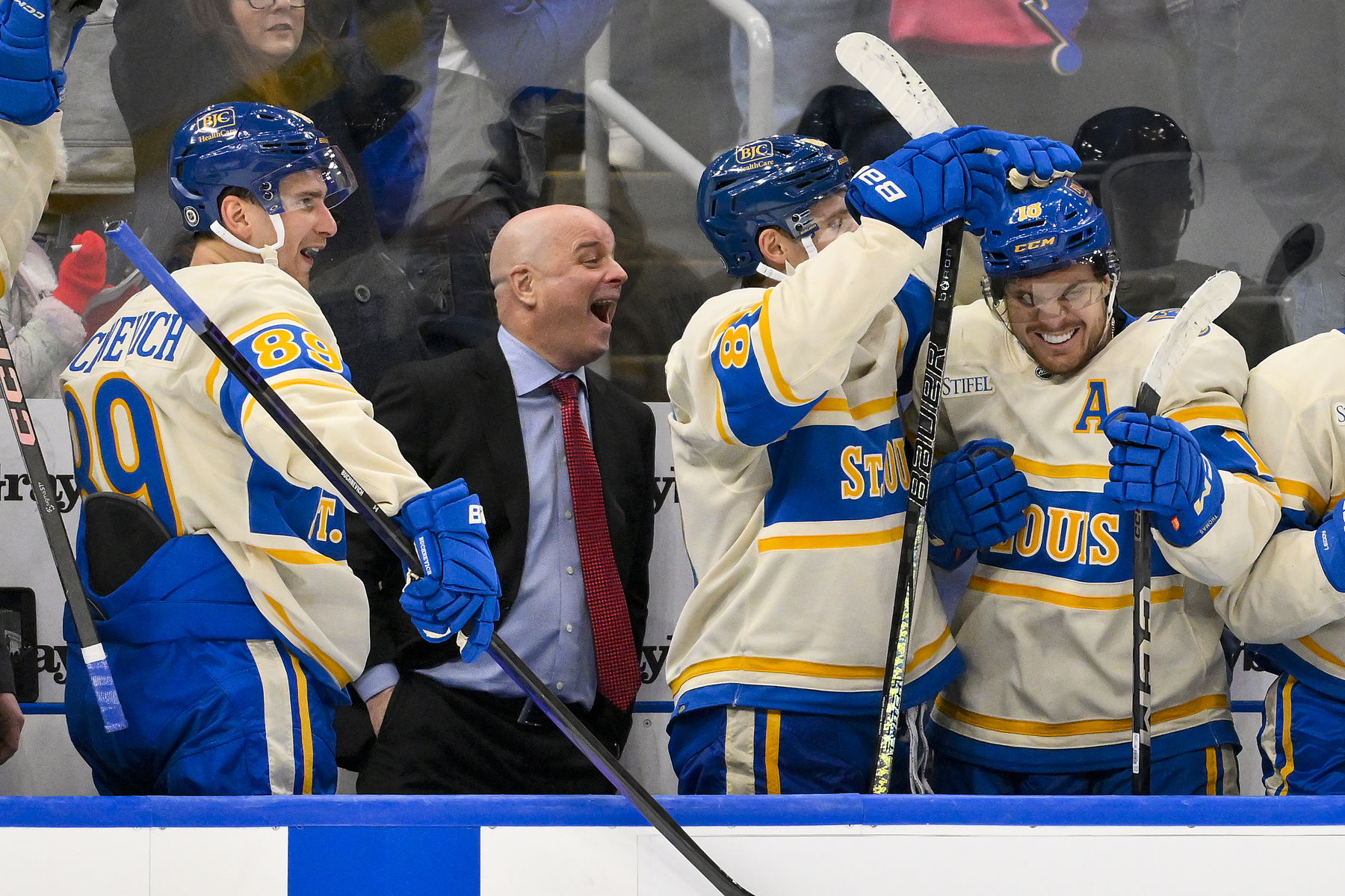
NHL logo rankings No. 21: Toronto Maple Leafs
The first Original Six team to appear in THN's logo rankings is Toronto. How on Earth could we rank an institution like the Maple Leaf so low?
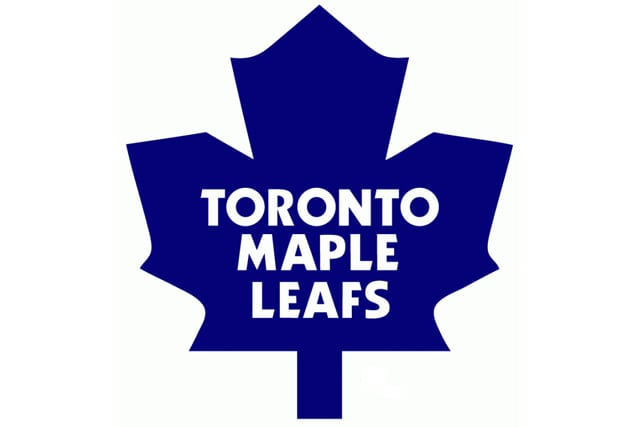 NHL logo rankings No. 21: Toronto Maple Leafs
NHL logo rankings No. 21: Toronto Maple LeafsSacred cow, meet slaughterhouse. How dare we slot an Original Six team 21st overall in our logo rankings? A healthy faction of Leaf haters will stand up and cheer at this decision. Those who bleed blue and white, however, have likely fallen off their chairs already. The easiest way to understand our logic: the voting process awarded more weight to aesthetics than to anything else. "But it's so OLD!" is not a strong enough defense. Cultural significance and understated classiness are desirable qualities, but how good does the emblem actually look? Toronto's simplistic design fails the eye test in its modern form. it earns points for its iconography – what's more Canadian than a Maple Leaf? – but it's rigid, almost too symmetrical, creating a coldness that robs it of its classic feel. The leaf on
Canada's flag looks more like an
actual leaf. Toronto's earlier logos, which often featured "veiny" leaves (leafs? ugh), were warmer, more organic, and far more pleasing to the eye. Also, covering the symbol in big, blocky writing robs it of its romanticism. There's no danger of mistaking you for another team, Toronto. A leaf like the one adorning
center ice at Maple Leaf Gardens would be far prettier. Are you brave enough to carve up the famous Maple Leaf logo and design a new one for Toronto? Send your best work to editorial@thehockeynews.com. At the end of our ranking process, we'll publish our favorite submission for every team. If you enjoy drawing Toronto's, keep the fun going and try one for
all 30 NHL teams. (All logos below are from
Chris Creamer's website.)
HISTORY OF THE MAPLE LEAFS LOGO The Leafs weren't always the Leafs, of course. They began as the Torontos, a.k.a. the Blueshirts, a.k.a. The Arenas in their early NHL days from 1917-1919. The crest was as simple as it gets, but featured an elegant shield and the blue and white we've come to know so well.
Next came the Toronto St. Patricks, purchased by an established men's amateur club for a pro venture. Naturally, blue changed to green, and the logos in the St. Pats era were just lettering and nothing more.
You might recognize the final St. Pats logo from some recent Leafs
throwback ventures.
As the Conn Smythe ownership era began and the team's name became the Maple Leafs, the green color scheme remained for the 1926-27 season, though the logo reflected the new identity. It wasn't the most symmetrical thing in the world, but it had character, didn't it?
The color scheme forever associated with the Leafs arrived in time for 1927-28. Conflicting reports of the inspiration: (a) mimicking the Toronto Argonauts, (b) Conn Smythe's ties to Upper Canada College and the University of Toronto; (c) blue being the sky, white standing for Canadian snow. The blue crest has an Identical design to the green one. Charlie Conacher and King Clancy wore it.
It goes without saying all these Leaf logos have a blue-on-white inverse. Here's a look at one, but I won't show them all. This crest appeared on the Leafs' 2013-14
Winter Classic jerseys.
Toronto went with a more condensed crest from 1938-39 to 1962-63. The lettering almost seemed to overpower the leaf, which possessed 35 points, down from 47. Syl Apps and Ted Kennedy are among the Leafs best associated with this crest.
The team briefly experimented with red lettering in the mid-1940s, which was used on jerseys for team photos and portraits. The "patriotic" color scheme actually did reflect
Canada's flag at the time but, frankly, this feels weird. Red, white and blue is too close to
bleu, blanc et rouge. This logo didn't last long.
Here's the Leaf logo associated with 1960s glory and multiple Stanley Cups, the one Toronto wore from 1963-64 to 1966-67. Call it Dave Keon's Leaf, Tim Horton's Leaf and Johnny Bower's leaf if you desire. It's likely no coincidence this one appeared on alternate Leaf jerseys often in the last 20 years, as it's the best marriage of organic-looking leaf, warmth and class. It's ironic that it's such an enduring logo despite only being the official one for a handful of seasons.
Toronto changed the shape of its Maple Leaf to match the one on the Canadian flag. Mad respect, yo, though the loss of veins ushered in the era of the "cold" design. This logo is immortalized on the jerseys of the 1967 Leaf team, the last one to to win the Cup.
As the, gulp, Harold Ballard takeover years arrived, so did the modern, simplistic version of the Leaf logo. This 11-point diddy lasted from 1970-71 to 1981-82 and is hardly distinguishable from today's crest. Picture Darryl Sitter, Lanny McDonald and Borje Salming wearing this one.
Last – and least? – comes the modern logo, which arrived in 1982-83 and is associated with more dark years than good years, even if Wendel Clark, Dougie Gilmour and Mats Sundin wore it proudly. It's stumpier than the previous version, with bigger text. Many fans think it's classic – but what's classic about it other than the fact it's lasted so long? It's a nostalgic symbol, but it's not high art, and that's why it ranks in our bottom third.
Dissenting opinion: "It may not be one of the more imaginative logos, but the Leafs ' logo is simple, straightforward and benefits from the franchise's Original Six aura. It takes Canada's national symbol and Toronto-izes it with colors long-associated with the city. It wouldn't be in my top 10, but it shouldn't be this low, either." –
Adam Proteau We turn the design work over to you. Take your best crack at a new Maple Leaf look and send it to editorial@thehockeynews.com. Pick any color scheme. Maybe we'll choose your drawing when we announce our favorites after every team logo is unveiled.
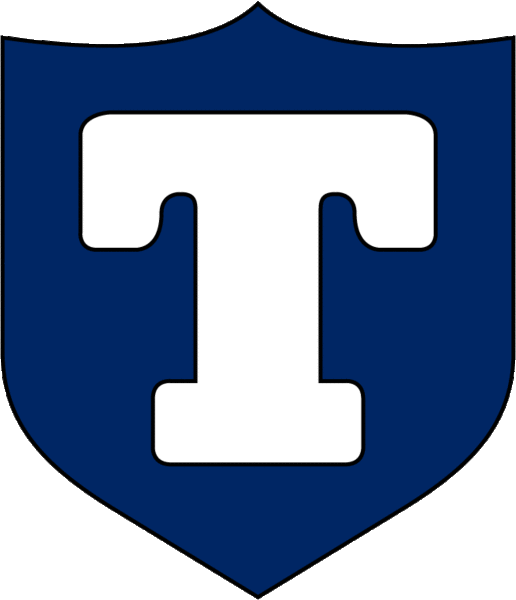



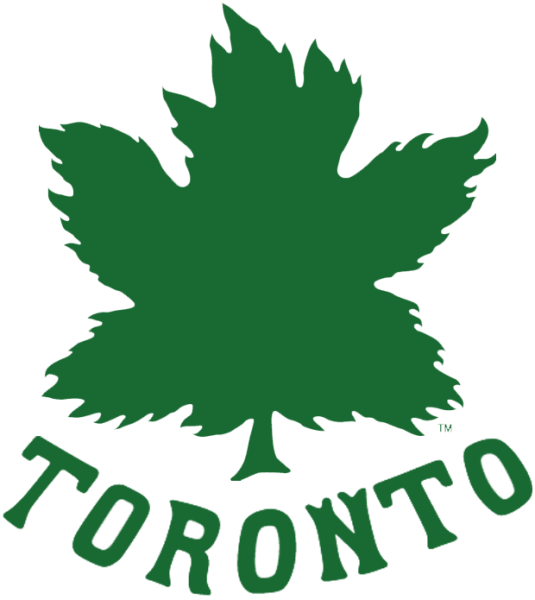








survey tools
Matt Larkin is an associate editor at The Hockey News and a regular contributor to the thn.com Post-To-Post blog. For more great profiles, news and views from the world of hockey, subscribe to The Hockey News magazine. Follow Matt Larkin on Twitter at @THNMattLarkin



